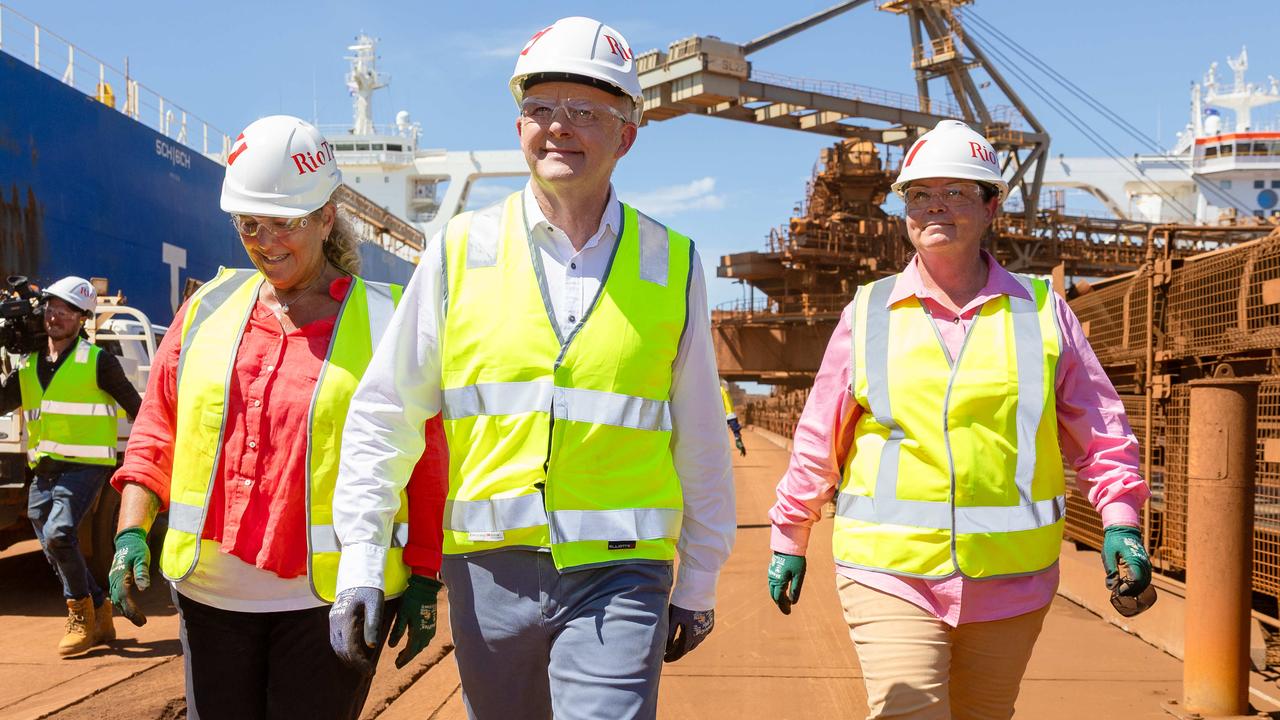Refugee intake highest in decades, Home Affairs says
In the five years to 2023, department figures show most refugees taken by Australia came from Afghanistan, Iraq, Syria, Myanmar and Congo.

Australia’s refugee intake is set to be the highest it has been since the influx following the Vietnam War, the Department of Home Affairs says.
The Albanese government has, for the past two years, set the “planning level” for Australia’s humanitarian program at 20,000, the equal highest on record.
The figure briefly hit 20,000 in 2012-13 during the Gillard government, but fell to 13,750 the following, according to historical data from the Parliamentary Library.
In response to a question made on notice from the last round of Senate estimates, the Home Affairs Department said 2024-25 “is the first time that Australia has had two consecutive years of a refugee intake as high as 20,000 since 1982”.
While figures are not yet available for the 2023-24 intake, the department has previously warned there was a “risk” as to whether the humanitarian program could be “delivered within the planning target”.
In the five years to 2023, department figures show the main sources countries of refugees were Afghanistan, Iraq, Syria, Myanmar and Congo.
It is unclear how the wars in the Gaza Strip and Lebanon that followed the terrorist attacks of October 7 last year have affected the intake since.
In response to a separate question, Home Affairs said it had granted onshore protection visas – which, in addition to offshore visas comprise Australia’s refugee intake – to seven Palestinians in the six months to September this year.
The Coalition has previously pledged to reduce the 20,000 planning level down to 13,750 if elected.
“Labor always makes a mess out of immigration,” opposition immigration spokesman Dan Tehan told The Australian.
“In MYEFO, Labor once again missed their migration target and had to raise their net overseas migration forecast by 80,000 migrants to 340,000.
“This means Prime Minister Anthony Albanese has already broken his commitment to voters to deliver immigration of 260,000 this year.
“Labor has consistently overshot their migration forecasts because of their failure to manage immigration.
“Labor’s Big Australia has led to record numbers of immigrant arrivals, as Australians live through a housing crisis and a cost-of-living crisis.”
Immigration Minister Tony Burke noted that the 20,000 planning level was smaller than in 2016-17 “when as minister, Peter Dutton granted 21,986 humanitarian visas”.
“First Peter Dutton voted against capping visas, then he abandoned his commitment to bring migration down,” he said.
“He’s always been like this, he set the record for most visas granted as minister when he broke the nine million mark two years running.”
In 2016-17, at the height of the refugee crisis triggered by conflict in Syria and Iraq, Mr Dutton, then the immigration minister, said the then Coalition government had “overseen the largest offshore humanitarian program in 30 years and remains committed to continuing to deliver the increased level of 18,750 places from 2018-19 onwards”.






To join the conversation, please log in. Don't have an account? Register
Join the conversation, you are commenting as Logout